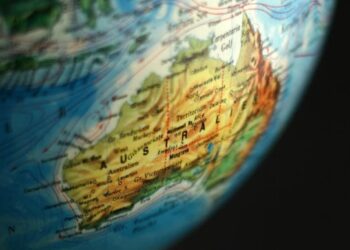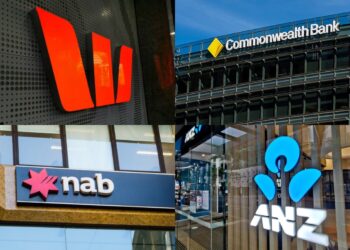Tuesday’s rate cut from the RBA brought the rate to the historic low of 1.25 per cent after holding steady for two and a half years.
Treasurer Josh Frydenberg said the cut would be welcomed by many Australians and stood by Mr Lowe in declaring the economy strong.
However, the Australian Bureau of Statistics released the quarters national accounts which suggested that the economy was not as strong as had been expected.
The ABS reported that annual growth had slowed to its lowest rate in over five years as it grew by just 0.4 per cent in the march quarter to be up 1.8 per cent over the year.
This marks the slowest growth since the third quarter of 2009, and while higher than last quarter’s 0.2 per cent growth it was still below market expectations.
The results suggest that Mr Frydenberg’s 2.25 per cent growth forecast will in fact be much slower than expected.
That did not stop Mr Frydenberg the day before the ABS data was released from saying that the economy was strong.
“The fundamentals of the Australian economy are sound, but what the governor has made clear today is that they can provide this interest rate cut as a means of driving unemployment even lower without raising inflation concerns,” he told reporters.
Mr Frydenberg said he was disappointed in ANZs decision to not pass on the full rate cut given that it would significantly assist the public.
“The benefits to the economy from this rate cut will not be insignificant, but it is important that the banks hear the message from the Australian people that they should pass on the benefits of these rate cuts to their customers, to the Australian consumers. And in this respect, I think the ANZ have let down their customers,” he said.
RBA’s governor Philip Lowe lended further thoughts behind Australia’s economy and said that the cut was made to support employment growth and to provide greater confidence and not due to weaker economic outlooks.
“I want to emphasise that the decision is not in response to a deterioration in our economic outlook since the previous update was published in early May. The economic outlook remains reasonable, with the main downside risk being the international trade disputes, which have intensified recently,” he said.
Mr Lowe said that an accumulation of evidence had caused the board to respond and it was likely that it may happened again.
“The answer here is that the board has not yet made a decision, but it is not unreasonable to expect a lower cash rate,” he said.
Mr Lowe said that monetary policy had an important role to play but it was not the only option.
“There are certain downsides from relying just on monetary policy and there are limitations on what, realistically, can be achieved. So, as a country, we should also be looking at other options to reduce unemployment,” he said.
Opposition treasurer Jim Chalmers had a different view though and told the national broadcaster that this reflected a weak economy.
“What we needed to see today is the RBA cut interest rates because the economy is floundering and the government is doing nothing about it,” he said.
Mr Chalmers said the RBA’s statement showed that consumption was down, and that wages growth had grown stagnant under the government.
“What the Reserve Bank had to do today was do their bit because when it comes to economic growth the government has largely vacated the field,” he said.







